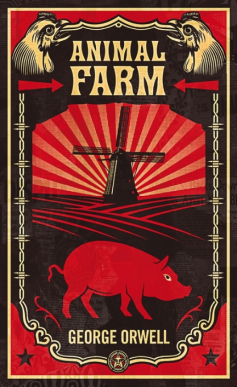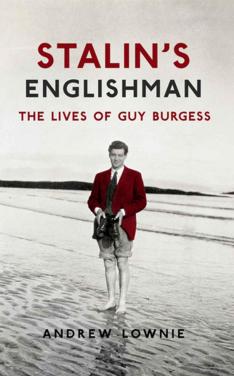
We by Yevgeny Zamyatin
My rating: ★★★★☆
Warning: this review contains plot spoilers.
The Basics: In the future dystopian ‘One State’ D-503, the chief engineer on a space programme, begins a journal of his experiences. He soon comes into contact with I-330, a woman who he immediately falls madly in love with. Struggling with uncontrollable emotions D-503 is brought into conflict with the principles of the nightmarish urban society of One State and its mathematical dictates for ‘happiness.’
In-depth: We is often touted as the first great dystopian novel of the 20th century and it’s influence upon the later, and more famous, novels Brave New World and 1984 is not difficult to see. Also the fact that the book was banned upon its completion in 1921 by a fledgling Soviet Union (until the late 1980s) adds to its mythical allure and its satirical and historical value.
We‘s setting is an urban society many centuries in the future where the equalitarian One State has cut it’s self off from the natural world with a walled city of people only identifiable by numbers. Led by ‘the Benefactor,’ a supreme leader ‘elected’ unopposed every year, all citizens wear the same clothes, called unifs, and live in glass buildings where their every moment can be monitored by the state police known as the Bureau of Guardians.
The level of detail Zamyatin imagines in We is astonishing, down to the daily timetables where every hour of the individuals day is dictated by One State. Even sexual intercourse is regulated with individuals having pink tickets which they clock in with their sexual partners at allotted times. Only during this hour is the all out assault on privacy relieved by blinds to cover the glass buildings which house all inhabitants of One State.
D-503 descent into a love fuelled obsession with I-330 brings him into the embrace of a growing revolution within One State. This aims at smashing down the Wall which separates the state from the rest of the world, an Eden like natural wonder full of other human coated in thick hair, and to overthrow the Benefactor.
Some of We‘s most terrifying moments are when D-503’s emotionally instable actions are assigned by One State logic as a symptom of their greatest threat to happiness: possessing a soul. The official solution of One State is a lobotomy of the brain to remove the imagination and any misguided conception of freedom which threatens the happiness of One State’s mathematical logic.
However, even with this, We is no where near as brooding or dark as Orwell’s 1984. The Benefactor is a much more human figure than the omnipresent Big Brother of 1984, even telephoning D-503 at one point demanding him to get to his office. One State’s surveillance, whilst widespread and pervading, does not carry the same malicious threat present on every single page of 1984.
We is also a rather clunky novel, naturally dominated by its arrangement as a diary by the central character, which is sometimes difficult to follow. Its plot is also at times quite muddled with the consequences of some of D-503’s actions often merely disappearing for narrative ease.
Despite this We is above all a fascinating novel for any reader interested in dystopias. It also offers an insight into the thinking behind the twentieth century’s descent into authoritarian dictatorships written just before this history occurred.
What is your favourite dystopian novel? Please leave your comments below.

 Gorky Park by Martin Cruz Smith
Gorky Park by Martin Cruz Smith The Silent Deep: The Royal Navy Submarine Service since 1945 – Peter Hennessy & James Jinks
The Silent Deep: The Royal Navy Submarine Service since 1945 – Peter Hennessy & James Jinks Animal Farm by George Orwell
Animal Farm by George Orwell My rating: ★★★☆☆
My rating: ★★★☆☆